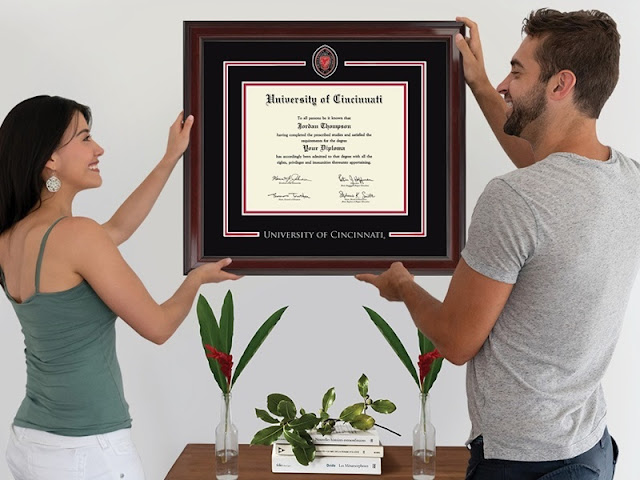Knife-Sharpening Stones: A Beginner's Guide
Are you just starting out with sharpening your own knives? One key factor is the grain size of the sharpening stone. A lower number means a coarser stone. You’ll want to kick things off with a rougher stone, somewhere between 220 and 600 grit, and then gradually move up to finer stones, like 1000 grit or more. If you're looking to buy a knife sharpening stone and are a newbie, here are some basic things to keep in mind.
What to Start With?
Nobody wants to throw money at something they'll just have to replace after a little while. The aim is to find stones that can serve as a solid base for whatever you might need in the future. But with so many choices out there, it can be pretty overwhelming for someone just starting out, leaving them unsure of where to kick things off.
The reality is, there’s no one-size-fits-all recommendation that works for everyone. Each sharpener has unique needs, and their sharpening kits will vary too. To help newbies get rolling with the right sharpening stones, we need to figure out what they specifically require.
For Beginner Users
 |
| source: misen.com |
If you're new to sharpening or don’t do it often, it's best to buy a knife sharpening stone with a grit between 1000 and 6000. These stones have tightly packed resin-bonded grit and come with several perks:
• No soaking required – just add a bit of water and you’re good to go.
• They sharpen faster than regular stones.
• They have a longer lifespan – about twice as long as standard stones.
• They create less mess compared to "cement" type stones.
Coarse Stones #1000
Stones with a grit below 1000 are mainly for fixing up damaged knives. If your blade has nicks or chips, these stones will take care of them quickly. These dual-sided stones feature a rough side for repairs and a medium side for general sharpening. If your knives are really dull, these stones will help restore their edge. However, since they’re quite rough, they’re not ideal for regular sharpening as they won’t give you the best finish.
Medium Stones #1000 to #3000)
The #1000 grit stone is your best bet for sharpening knives and bringing back their lost sharpness. Just be cautious not to overuse it, as it can wear down your knife. If you like to sharpen your knives more frequently, consider the #2000 or #3000 grit stones. They’re less abrasive and work well for regular sharpening, but keep in mind their main job is sharpening, not maintaining the edge. Once you get into a routine, you’ll figure out how often to use your medium stone.
Finishing Stone
Finishing stones come in various grits, ranging from #4000 to #8000. The #4000 and #5000 grit stones serve as a bridge between your sharpening and ultra-fine finishing stones. They can provide an exceptionally refined edge, much like the King stone.
While you can use these stones alone for finishing, they work particularly well with Western knives that have a 'U' shaped cutting edge. In these cases, a #5000 grit stone might be sufficient. But if you're aiming for an even sharper edge, you can opt for the #6000 or #8000 super fine stones.
If you mainly use your knife for cutting meat, stopping at #4000 or #6000 grit is totally fine. However, if you primarily cut vegetables or fruit, it's best to go all the way to #8000 grit. The #8000 grit stone provides an extremely fine finish, perfect for the final polishing of bevels and backsides, giving your knife blade a super sharp edge.
Get More Than One Grit
You’ll need a coarse stone to start with. Coarse stones are essential for your sharpening kit. The process of sharpening involves shaping the edge first and then refining it, and a coarse stone is the quickest way to get that initial shape right.
In addition, you should have at least one finer stone on hand. After you’ve shaped the edge, you’ll use progressively finer grits to polish it up, enhancing the quality of the cut. A dull edge won’t perform well and needs to be reshaped with a coarse stone. While an edge sharpened with a coarse stone will be better than a dull one, it still won’t be perfect, so you’ll want to refine it with a finer stone. As you move to finer stones, the cutting edge will keep getting better. The number and fineness of these stones depend on how sharp you want the edge to be.
You might be thinking, if finer stones give a better edge, why bother with a coarse stone? Well, finer stones take their time compared to coarse ones. They remove much less metal with each pass. If you’ve already got a good shape from a coarse stone, that’s not an issue because the fine stone won’t have to take off much metal to enhance the edge. But if the edge is dull, it’ll take way longer to reshape it with a fine stone than it would with a coarse one.



Comments
Post a Comment